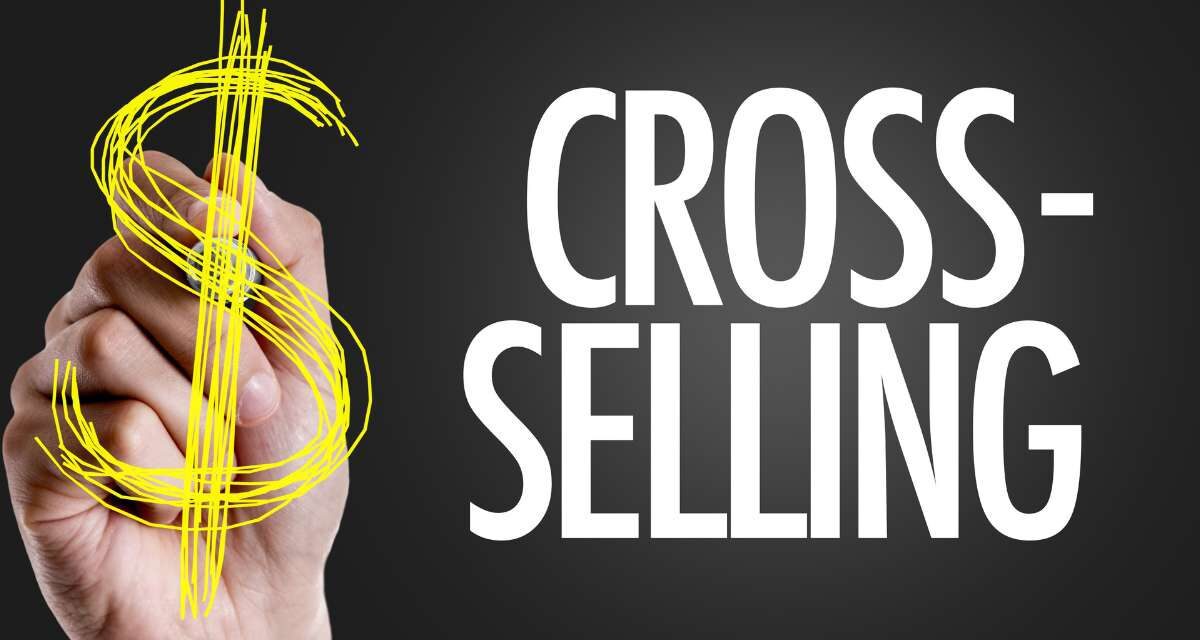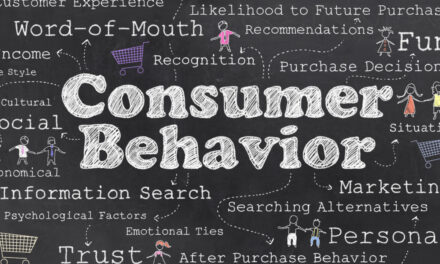Introduction: Crosssell Magic at the Checkout Counter
Hey there, fellow entrepreneur! Ever found yourself at the checkout, and the cashier casually suggests some chocolates using the magic of crosssell? And even though you hadn’t planned on it, you thought, “Why not?” That’s precisely the charm of cross-selling. If you’re diving into the world of small business or just curious, let’s chat about the art of crosssell: selling more when your customer is already on board.
1. Crosssell, Upsell, and Downsell Explained
Crosssell: When you buy a burger and the cashier asks if you’d like fries with that, that’s a classic example of cross-selling. It’s the art of recommending a complementary product or service to a customer.
Upsell: Ever been asked if you’d like to supersize your meal? That’s upselling. It involves selling a more expensive version or an upgrade of the item the customer is buying.
Downsell: This is the opposite of upselling. If a customer decides not to buy a product due to its price, offering a cheaper alternative is downselling.
2. Why is Purchase Readiness Crucial?
When a customer is ready to buy, they’ve already overcome many barriers: trust, need, and price. This is the perfect moment to introduce additional offers. Their credit card is out, and they’re in a buying mindset. By not taking advantage of this, you’re leaving money on the table.
3. Strategies to Maximize Sales in the Moment
- Understand Your Customer: Know their needs and preferences. This will allow you to make relevant cross-sell and upsell offers.
- Bundle Products: Offer packages or bundles at a discounted price. This not only increases sales but also provides value to the customer.
- Limit Choices: Too many options can overwhelm a customer. Offer a few, well-thought-out upsells or cross-sells.
- Use Data: Analyze past purchases to predict what a customer might want to buy next.
4. Do’s and Don’ts of Cross-Selling and Upselling
Do’s:
- Ensure the cross-sell or upsell is relevant.
- Make the customer feel they’re getting a deal.
- Train your staff to recognize cross-sell and upsell opportunities.
Don’ts:
- Don’t be too pushy. It can turn customers off.
- Avoid irrelevant offers.
- Don’t make the buying process complicated.
5. Tools to Enhance Your Cross-Selling Game
There are several tools available that can help small businesses with cross-selling:
- Recommendation Engines: These use algorithms to suggest products based on past purchases.
- Email Marketing Platforms: Send targeted emails to customers with product recommendations.
- CRM Systems: Keep track of customer preferences and purchase history.
6. Ideas to Boost Your Sales
- Personalize the Shopping Experience: Use data to offer personalized product recommendations.
- Offer Experiences, Not Just Products: For instance, if you sell tea, offer a tea-tasting experience as an upsell.
- Use Social Proof: Show reviews or testimonials for the upsell or cross-sell product.
7. The Power of Statistics
Upselling increases the revenue by 10-30% on average. [1] The point to making this work is to offer products that complement the product the customer just purchased. Think very carefully about what would be a great product to add even more value to your customer. And then make this the logical next step for your client.
Conclusion: Crosssell – The Art of Leveraging Human Behavior
If a customer is ready to buy, make it seamless for them to buy even more. The first purchase is always the most challenging. If you can add more value via crosssell, go for it. Remember, each sale is an opportunity to make their day and brighten yours!
Source:
[1] SuperOffice, 9 PRACTICAL STRATEGIES TO UPSELL CUSTOMERS EFFECTIVELY: https://www.superoffice.com/news/insights/strategies-to-upsell/#:~:text=According%20to%20statistical%20findings%2C%20upselling,upsells%20and%20renewals%20on%20average.





